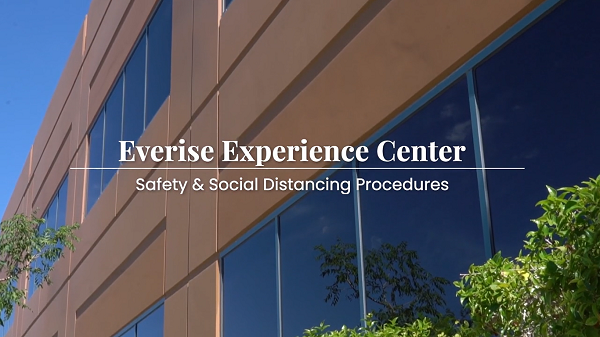
While most companies are just starting to adapt to the new normal, businesses that were considered essential continued their operations amidst the pandemic. Essential businesses such as healthcare facilities, pharmacies, and grocery stores had to continue operating even in areas that were under lockdown.
Operating in the middle of a pandemic has many challenges, but essential businesses operated at full capacity and mitigated risks by adhering to their safety practices. Their procedures offer valuable lessons and practices to consider before reopening for businesses in any sector.
One important thing to remember is that there is no absolute solution that works for all companies since work environments are vastly different. Workplaces have different levels of risk, which also vary depending on the proximity of exposure. What we gathered from studying the safety practices of essential businesses is that there are two main principles that are effective: accommodating safety measures to fit unique business environments and implementing them across a full range of business activities.
We've compiled a list of safety measures implemented by essential businesses across a wide range of industries. These practices can be helpful to business owners in applying the necessary measures required to safely accommodate their employees and customers. Employers should take note of the importance of educating employees on safety protocols, identifying at-risk individuals, and providing resources that will ensure everyone's safety. The following points should be taken into consideration to mitigate risks upon reopening.
In response to the crisis, Everise has converted to a mostly home-based enterprise, with over 90% of our workforce shifting to a work-at-home environment. We are gradually making progress in opening our centralized Experience Centers by adhering to our people-first policy and taking steps in safeguarding the health of our employees.
We've instituted safety precautions that exceed from what the CDC itself has recommended. We’re opening our Experience Centers to accommodate people at less than 25% capacity per building, and we're implementing a social distancing rule to maintain a distance between any two employees at all times.
Entering and exiting the building
Everyone entering and exiting the building is required to undergo a temperature check and show the person manning the front desk that they are cleared to enter. Afterward, they will apply a sticker that will identify them as cleared and permitted to enter. The front desk is also manned at all times, so there won't be instances where somebody might get through without having their temperature checked. We've also prohibited visitors and guests from coming to the office at this time.
Inside the building
There are hand sanitizing stations placed throughout the building, and we’ve also established a system that ensures bathrooms will only be occupied by one person at a time. While training is taking place, the trainers themselves are in completely different rooms, and they are also delivering the training virtually using the technology that we have.
Contactless communication
Supervisors who want to interact with their employees communicate through the messaging technology we have. Masks are also required any time two employees might come within six feet of each other, any time employees go out beyond their workstations, and any time they're not in the lobby.
If we have potential clients who want to get to know the facility, they no longer need to be physically present to do so. We have a remotely controlled robot that clients can use to take a tour of the building. It’s an innovative step that we’re taking to make sure that everybody is kept safe.
We are still developing new ways to ensure the health and safety of everyone in our Experience Centers. We want to make sure that all our safety measures meet our own safety standards, as well as our clients'. We believe that these safety precautions are necessary for serving our clients and keeping our employees safe while resuming operations.
Related Posts: